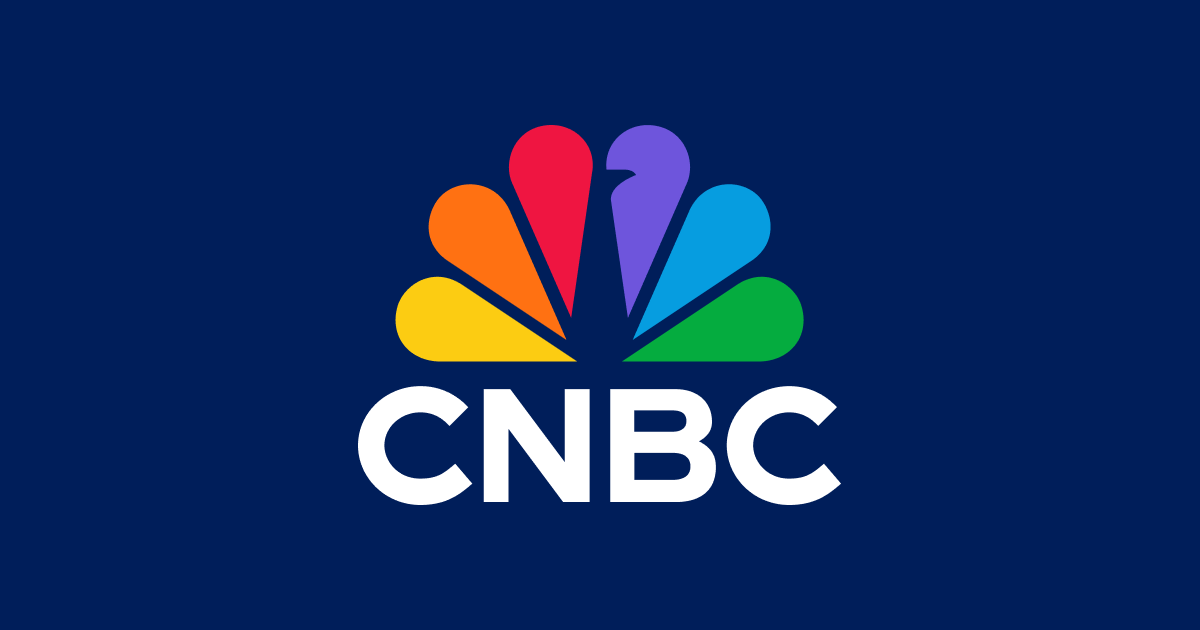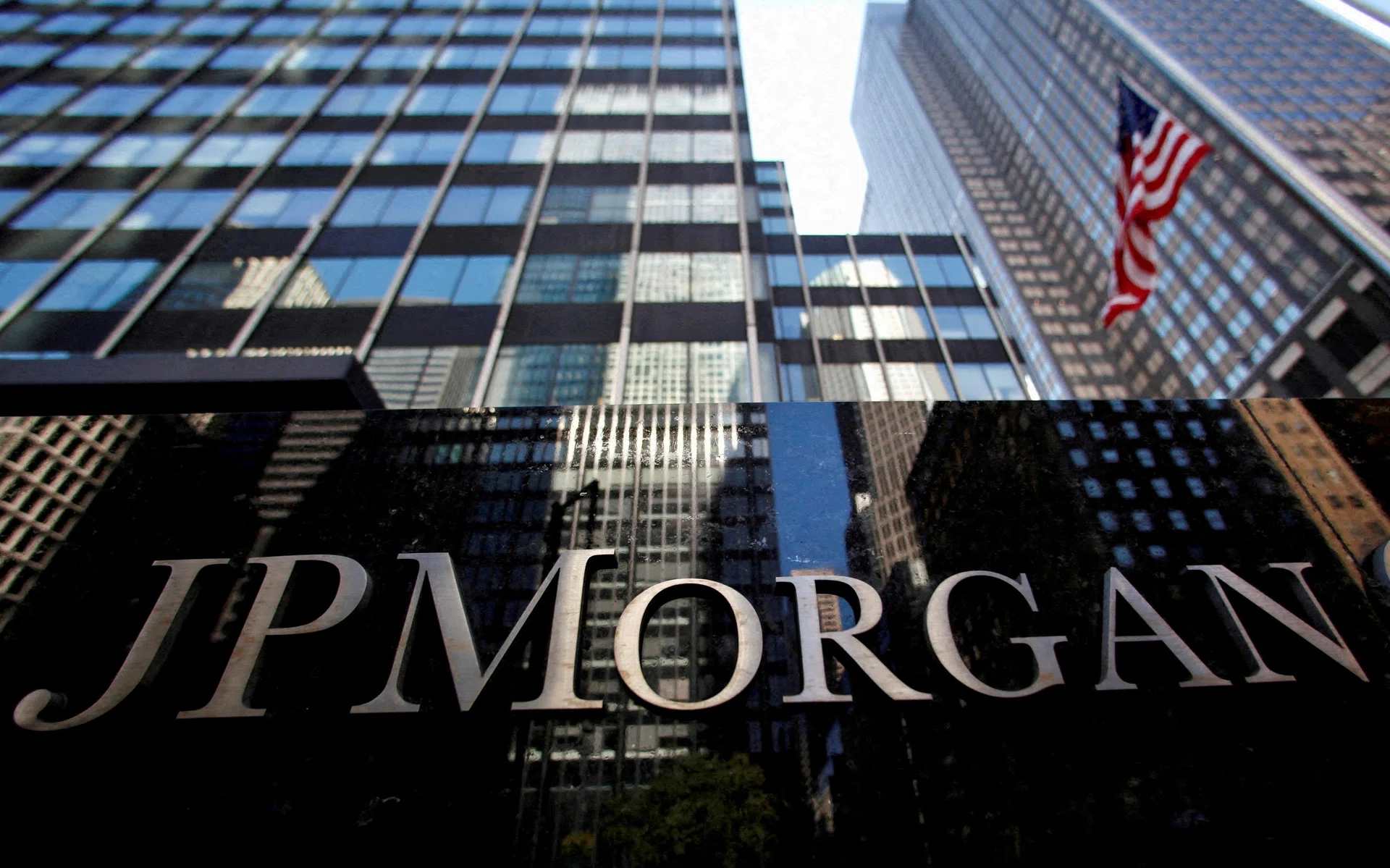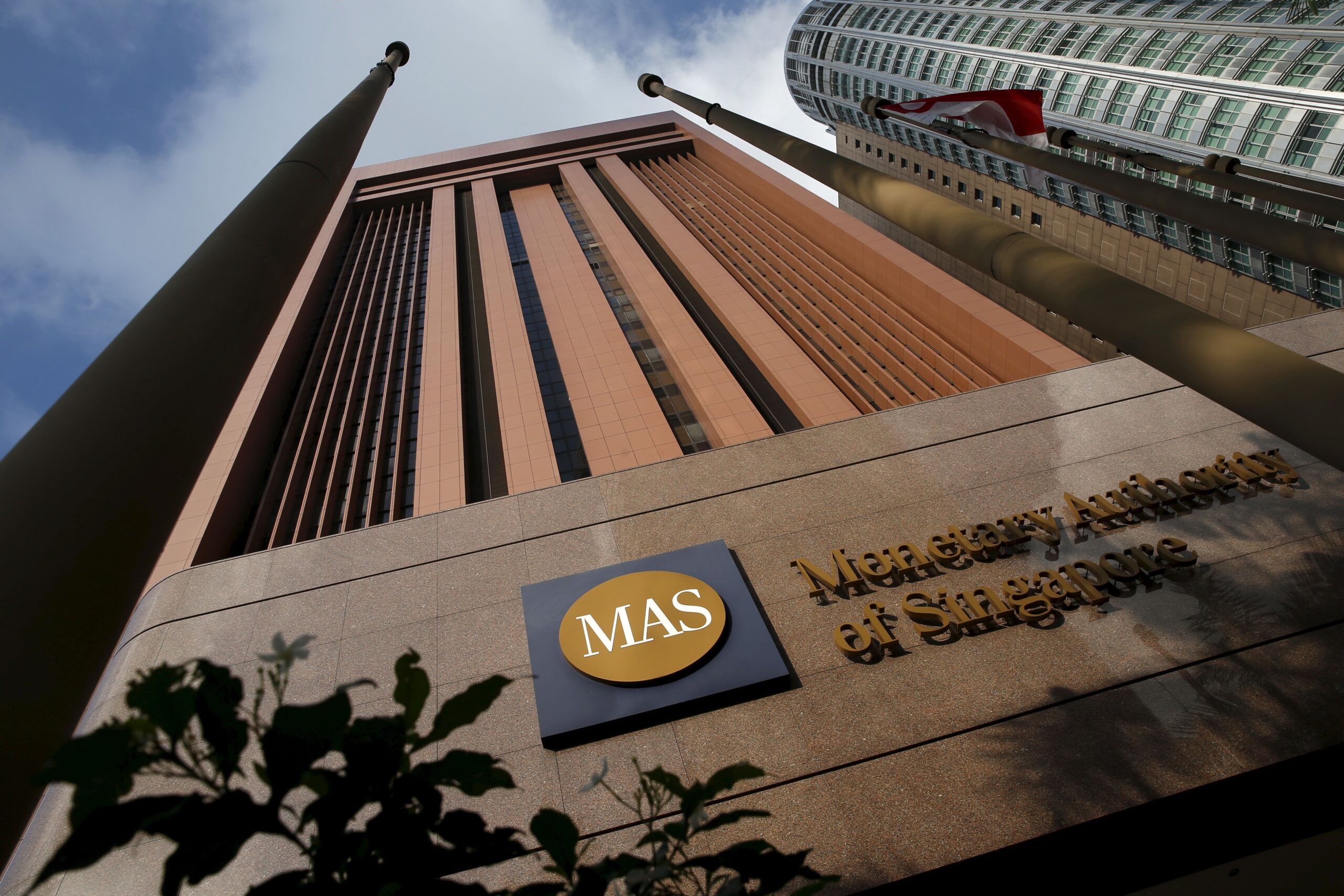– This is the script of CNBC’s financial news report for China’s CCTV on July 9, 2025.
On Tuesday local time, after Trump threatened to impose a 50% tariff on copper, U.S. copper futures prices surged—at one point rising by about 17% before pulling back. However, by the close of trading, prices still ended at a record high.
Overnight, July-delivery COMEX copper futures rose by 66.05 cents per pound to settle at $5.645 per pound, a gain of about 13%. According to Dow Jones Market Data, this marked the largest single-day increase for that futures contract since 1968.
Trump’s copper tariff threat comes at a time when the U.S. and countries around the world are projecting a significant increase in copper demand over the next decade. Data centers, automakers, and utility companies are increasingly relying on copper as a key material to build power grids, produce electric vehicles, and support the development of AI and digital infrastructure.
According to the U.S. Geological Survey, refined copper consumption in the U.S. in 2024 is around 1.6 million tons. Although the U.S. has abundant copper resources, it still depends on imports from key trading partners to meet demand. Chile is the largest source, accounting for 38% of imports, followed by Canada at 28%, and Mexico at 8%. Research from Morgan Stanley shows that net imports account for 36% of total U.S. copper demand.
As a result, Trump’s tariff threat has triggered a clear price premium for U.S. copper futures over the global benchmark, London copper futures.
According to Bart Melek, Head of Commodity Strategy at TD Securities, when adjusted for exchange rates, U.S. copper prices are currently about $2,000 per ton higher than those in London. This is a significant spread that could attract more copper into U.S. warehouses, thereby putting pressure on global copper supplies.
Reporting by the Financial Times also shows that many traders have rushed to ship copper into the U.S. ahead of potential tariff implementation. Large volumes of copper have already flowed into the U.S. from Europe and Asia. Some analysts describe copper trading now as the most sentiment-driven in the entire metals market.
Meanwhile, regarding Trump’s claim that he would impose tariffs as high as 200% on foreign-made pharmaceuticals, the U.S. pharmaceutical lobby groups have issued warnings, saying that medicines have traditionally been exempt from tariffs and that adding tariffs would raise costs and risk supply shortages.
PhRMA, the largest pharmaceutical lobby group in the U.S., reiterated its opposition to tariffs on medicines in a new statement. The group said that every dollar spent on tariffs means one less dollar available for domestic manufacturing or future medical innovation.
In 2024, total U.S. pharmaceutical imports amounted to around $212 billion, making medicines the country’s fifth-largest import category. Experts warn that imposing tariffs on pharmaceuticals could lead to higher drug prices for Americans.
Afsaneh Beschloss
RockCreek CEO
“That would be potentially disastrous for every person, because we need those pharmaceuticals, and it takes those companies a very long time to produce them here in the US.”


